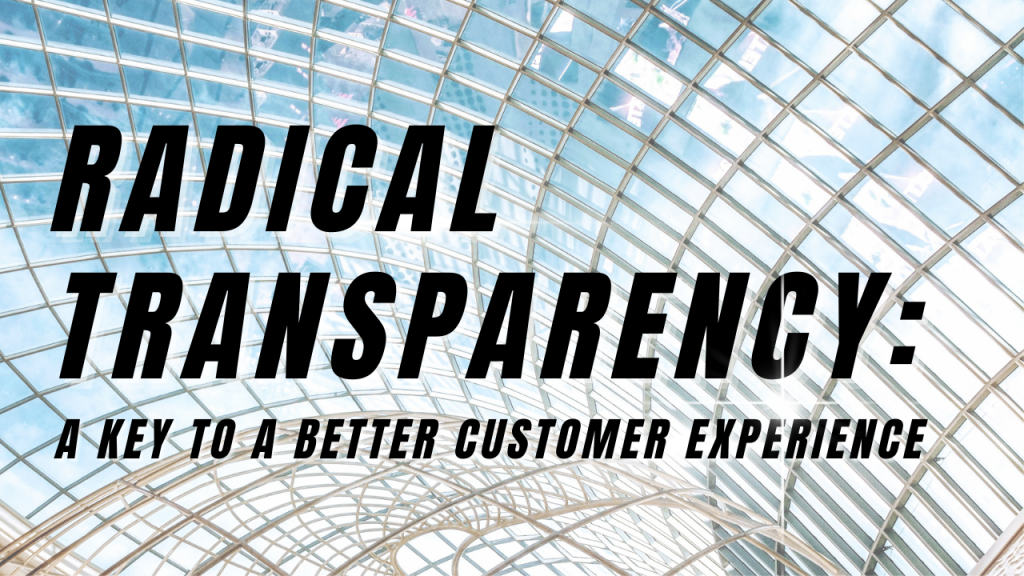
GUEST POST from Art Inteligencia
Greedflation — an insidious blend of greed and inflation — has silently been eroding the purchasing power of consumers, escalating economic inequalities, and tarnishing the trust we place in markets and institutions. This practice, where companies exploit inflationary trends to excessively hike prices, detaches from economic principles and delves into unethical opportunism. While inflation in itself, when moderate, plays a functional role in the economy, greedflation skews the balance, enriching the few at the expense of many. Here’s why this must end and how consumers can play a pivotal role in its demise.
Why Greedflation Must End
- Economic Inequity: Greedflation exacerbates economic disparities, widening the gap between the rich and the poor. While executives and shareholders prosper, average citizens struggle more to afford basic commodities. This vicious cycle traps lower-income families in a relentless financial squeeze, robbing them of opportunities for upward mobility.
- Erosion of Trust: Trust is the bedrock of a functional economy. When consumers perceive that companies are exploiting inflationary pressures to rake in excess profits, trust in those companies and the broader market erodes. This lack of trust can lead to decreased consumer spending, hampering economic growth and stability.
- Reduced Consumer Purchasing Power: As prices soar disproportionately, the real purchasing power of consumers dwindles. Households find themselves paying more for the same goods and services, which can lead to indebtedness and reduced quality of life. This reduction in purchasing power compounds the already significant challenges faced by middle and lower-income families.
- Market Distortion: Greedflation distorts market dynamics by creating artificial price structures that don’t accurately reflect demand and supply. This conflation of legitimate inflationary factors with opportunistic price hikes undermines true market efficiency and the ability to allocate resources effectively.
- Social Unrest: When people feel unfairly squeezed by relentless price hikes, social tension can build. Such unrest not only affects social harmony but can also lead to broader economic and political consequences. It’s a recipe for instability that we can ill afford in a complex global environment.
Identifying specific companies definitively engaging in “greedflation” can be complex, as it often involves nuanced economic analyses and data that may not always be readily available or clear-cut. However, certain sectors and companies have faced accusations and scrutiny over seemingly disproportionate price hikes, especially during periods of broader economic instability. Here are five examples based on public scrutiny and anecdotal evidence:
- Amazon: During the COVID-19 pandemic, Amazon faced criticism for significant price increases on essential items such as hand sanitizers, masks, and other health-related products. While some of these price hikes were attributed to third-party sellers on the platform, the company was scrutinized for not doing enough to regulate prices during a global crisis.
- Pharmaceutical Companies (e.g., Martin Shkreli’s Turing Pharmaceuticals): One of the most notorious cases of alleged greedflation in the pharmaceutical industry involved Turing Pharmaceuticals, where the price of Daraprim, a life-saving medication, was increased by over 5,000% overnight under the leadership of Martin Shkreli. This incident highlighted how companies could exploit patent protections and market monopolies to drastically inflate prices unethically.
- Oil Companies (e.g., ExxonMobil, Chevron): Oil giants like ExxonMobil and Chevron have been accused of leveraging geopolitical tensions and supply chain disruptions to raise gas prices disproportionately, thereby generating record profits during periods when consumers are already struggling with inflationary pressures.
- Grocery Retailers (e.g., Kroger, Albertsons): Major grocery chains like Kroger and Albertsons have faced allegations of increasing food prices beyond what could be justified by supply chain issues and general inflation. With essential goods being a critical part of everyday life, such actions appear particularly exploitative.
- Telecom Companies (e.g., Comcast, AT&T): Telecom giants such as Comcast and AT&T have been criticized for raising prices on internet and cable services, despite relatively stable or reduced operational costs due to advancements in technology. Consumers often feel trapped because of limited competition in many areas.
While these examples showcase sectors and companies that have faced scrutiny, it’s important to note that conclusive evidence of greedflation can be difficult to establish due to the complexity of market forces and individual company strategies. This underscores the need for informed consumer activism to hold companies accountable.
How Consumers Can Help End Greedflation
- Shop Smarter: Consumers wield significant power through their purchasing decisions. By being more discerning and opting for alternatives when prices seem unjustifiably high, we can signal to corporations that unethical pricing won’t be rewarded. Supporting smaller, local businesses and cooperatives can also help counterbalance big players who may indulge in greedflation.
- Promote Transparency: Demand greater transparency from companies about their pricing strategies. When transparency becomes a social norm, it’s harder for businesses to hide behind inflated prices. Use social media and other platforms to press for clarity and accountability.
- Support Policies for Market Oversight: Advocate for stronger regulatory frameworks and more stringent oversight bodies that can analyze and address unethical pricing practices. By supporting politicians and policies that prioritize consumer protection and market fairness, individuals can influence systemic change.
- Educate and Mobilize: Consumer education is crucial. Share knowledge and resources about how to spot and combat greedflation. Community groups, educational institutions, and social networks can serve as platforms for educating others about prudent consumer practices.
- Leverage Collective Bargaining Power: Form or join consumer advocacy groups that can collectively negotiate for fair prices and better market practices. Unified consumer voices can be a powerful force for change, pushing corporations to rethink their pricing strategies.
Conclusion
The end of greedflation is not just an economic imperative but a moral one. It’s about creating a fairer society where prosperity is shared more equitably, trust is maintained, and economic stability is preserved. Consumers hold immense power as the primary drivers of market forces. By making informed, conscious choices and demanding greater accountability, we can collectively put an end to greedflation and forge a more just economic future.
As an independent thinker and human-centered innovation and transformation thought leader, I firmly believe in the power of consumers to act as agents of change. Together, let’s take that necessary step to ensure markets function with integrity, fairness, and a sense of shared prosperity.
#EndGreedflation #ConsumerPower #EconomicJustice
Image credit: Unsplash
![]() Sign up here to get Human-Centered Change & Innovation Weekly delivered to your inbox every week.
Sign up here to get Human-Centered Change & Innovation Weekly delivered to your inbox every week.




